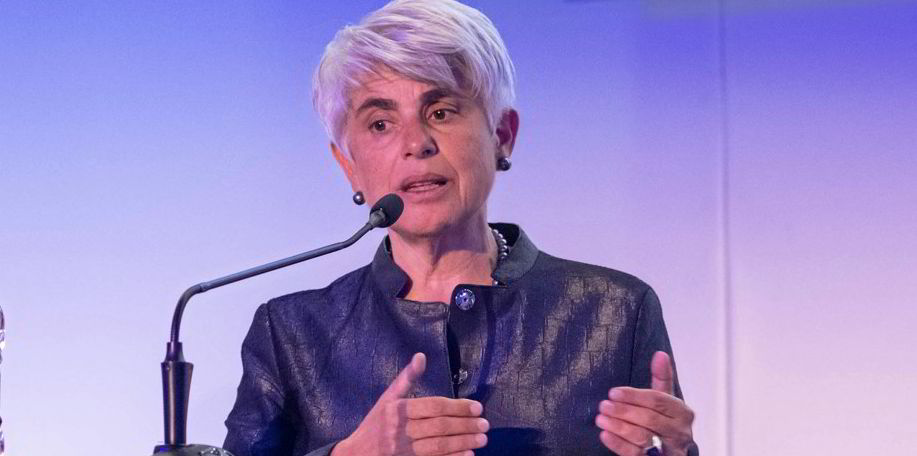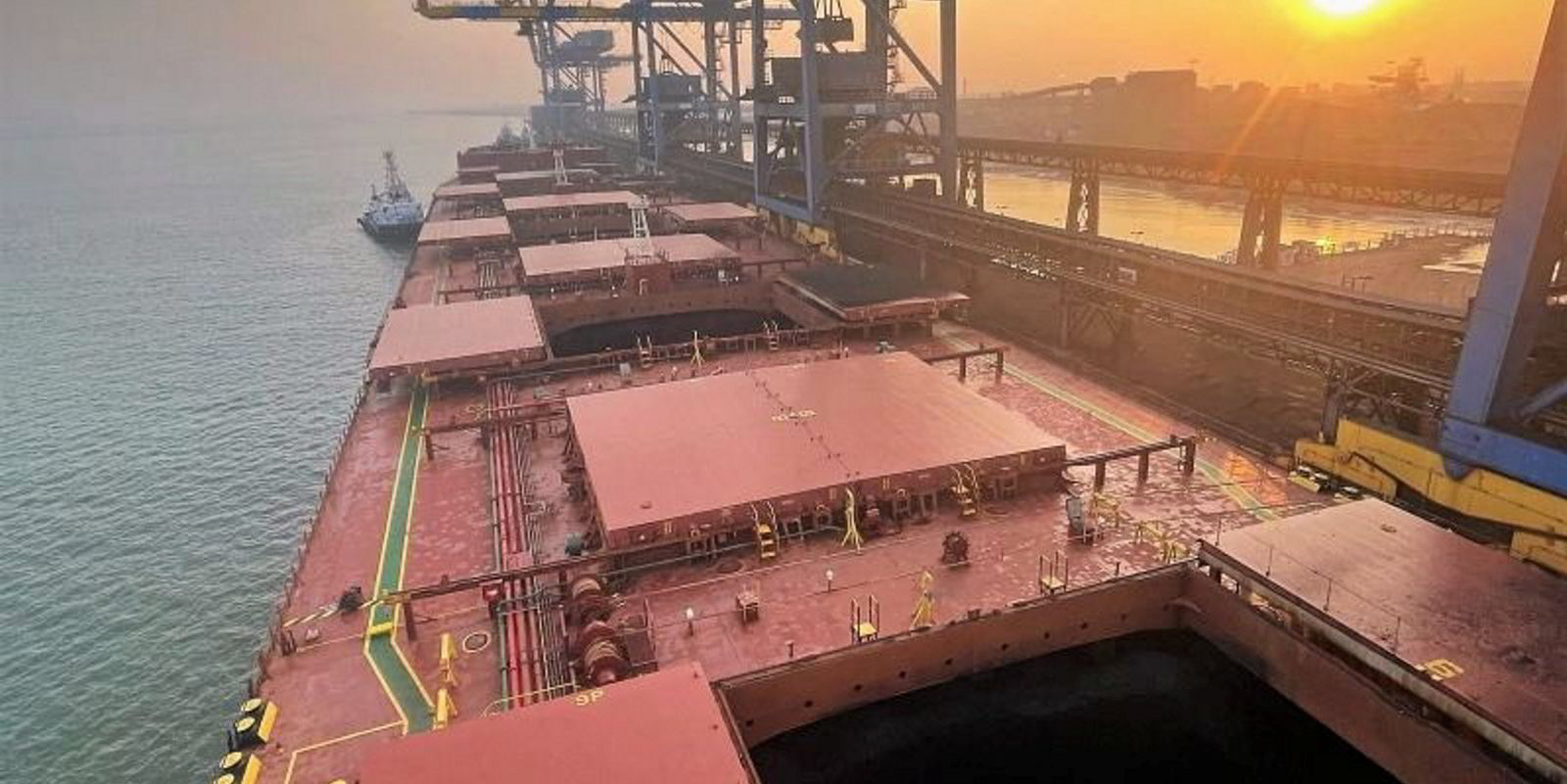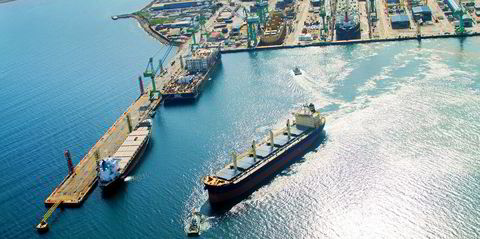Capesize bulkers reached their highest point of the year on Tuesday as exports of dry bulk commodities remain robust, despite China taking a break for the Golden Week holiday.
The Baltic Exchange’s Capesize 5TC basket of spot rate averages across five key routes has risen 12.1% since Friday to just under $23,000 per day on Tuesday, though China’s factories shuttered this week for the country’s weeklong celebration of its founding in 1949.
The last time the 5TC neared the $23,000 per day mark was on 21 December 2022 when it peaked at $23,200 per day, according to the exchange.
“This is officially their highest figure this year and comes despite the Golden Week holiday in Asia this week,” Jefferies analyst Omar Nokta wrote in a note on Tuesday.
“Shipbrokers note that activity has been robust during the first two days of this week with no apparent signs of slower volumes due to the holiday.”
Clarksons Securities attributed the rise in capesize spot rates to steady seaborne shipments of iron ore, coal and bauxite.
“A glance at last week’s capesize shipments reveals a notable uptick in Brazil’s iron ore exports, marking the year’s highest recorded volume,” analyst Frode Morkedal wrote in a note on Tuesday.
“Concurrently, Australian shipments did also experience a sharp rise (more than 12% week-on-week). Moreover, Guinea’s bauxite exports are robust, with the previous week witnessing an 8.7% week-on-week gain.
“Lastly, while total coal shipments were marginally down, capesize shipments noted a 3% increase [week over week] due to solid volumes from Atlantic suppliers.”
Capesize fixtures have reflected the sector’s buoyancy since Friday.
Rio Tinto hired an unnamed capesize to ship 170,000 tonnes of iron ore at $10.60 per tonne from Dampier, Australia, to Qingdao, China, with loading from 17 to 19 October.
That is higher than the $9.80 per tonne that the Australian miner paid on Friday to send the same amount of ore on the same route. Loading is scheduled for 15 to 17 October.
The capesize spot market’s momentum, as rates have almost tripled since early September, has made its way into the futures market as it on Tuesday anticipated rates of $23,000 per day in October, Morkedal said.
The capesize market’s upward trend is not too surprising as seasonality usually raises the market in the fourth quarter, saidBreakwave Advisors founder John Kartsonas, whose asset management firm runs an exchange-traded fund focused on dry bulk.

“The capesize market was gradually tightening, and although initially rates were not moving, in the background, it was a matter of time before rates moved,” he told TradeWinds.
“What happens from here will now mostly depend on the weather. Any increase in delays and congestion due to winter weather, and we can shoot towards $30,000 on the spot market, maybe even beyond.”
The sector’s tight supply is also pushing spot rates higher, he said.
“Shipping in the short term is all about how many ships you have and how many ships you need,” Kartsonas said.
“The broader economic picture is not as relevant for now.”






